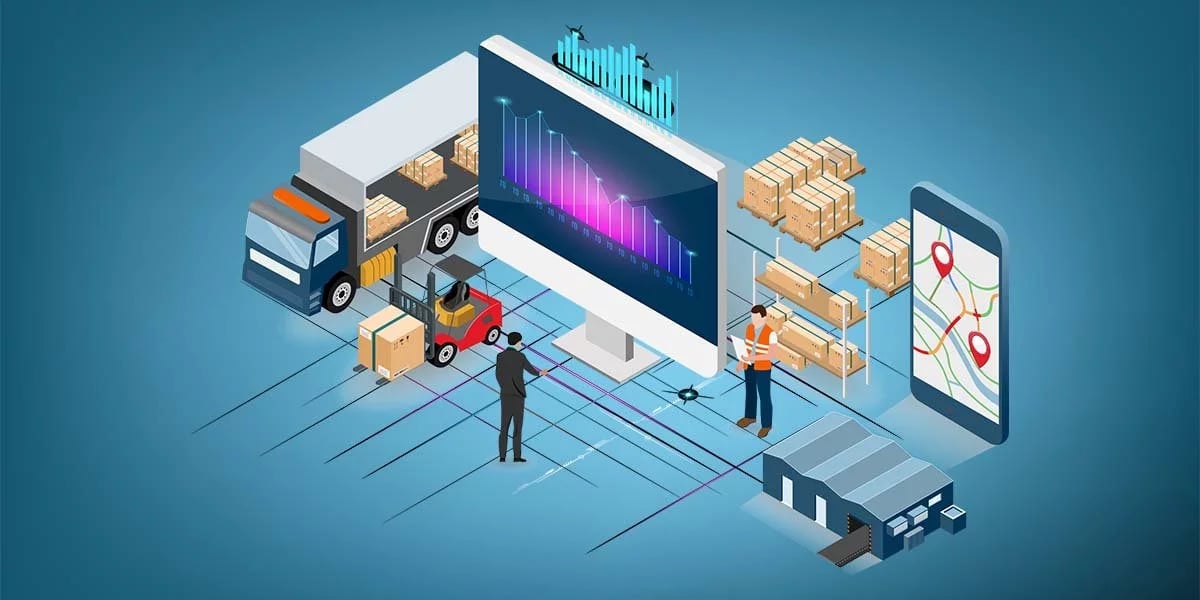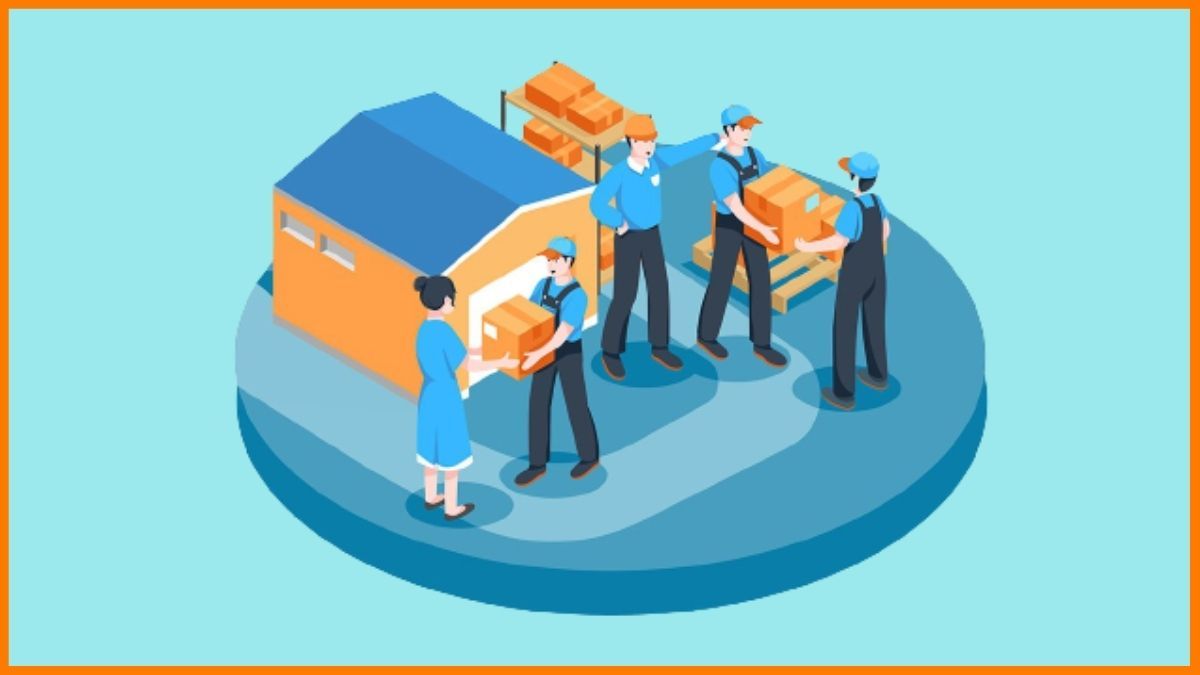In today's fiercely competitive marketplace, small businesses across diverse sectors like manufacturing, wholesale, e-commerce, and retail grapple with numerous challenges. A central issue is inventory management, which requires maintaining a delicate balance between supply and demand, averting stock-outs, circumventing overstocking, and curbing storage and operational costs. To combat these challenges, many businesses are turning to automated replenishment strategies. Armed with numerous benefits, these strategies can markedly transform businesses, propelling them from a realm of manual struggles to the summit of operational excellence.
What are Automated Replenishment Strategies?:
Automated replenishment strategies rest on the robust foundation of inventory planning software. This software forecasts product demand and proactively orders fresh stock before the existing stock depletes. By leveraging a wealth of historical sales data, identifying seasonal trends, and applying advanced forecasting algorithms, these strategies can predict future demand with commendable accuracy.
Dissecting the Shortcomings of Manual Replenishment:
Despite the burgeoning of technology, many small businesses continue to stick to traditional, manual stock replenishment tasks and methods, maintaining inventory records through spreadsheets or paper-based systems. However, these old-fashioned methods are fraught with disadvantages:
Manual Replenishment - The Drawbacks:
-
Time-Consuming: Manual inventory management demands a substantial commitment of time and labor, often requiring specialized personnel for effective management.
-
Error-Prone: The scope for errors multiplies with manual data entry, causing miscalculations that could lead to overstocks or the dreaded stockouts.
-
Inefficiency: In the absence of real-time inventory tracking, businesses cannot respond promptly to volatile market conditions or sudden shifts in demand.
The Rise to Operational Excellence through Automated Replenishment Strategies:
Automated replenishment strategies, backed by high-end inventory planning software, can revolutionize small businesses, nudging them from struggling manual operations towards operational excellence.

How Automated Replenishment Paves the Path to Excellence:
-
Optimized Inventory Levels: Automated inventory replenishment systems, with their precise demand predictions, assure optimal stock levels at all times, mitigating the risk of overstocks and stockouts. This optimization translates into less wastage and decreased storage costs.
-
Improved Cash Flow: By managing optimal inventory levels, businesses can reduce the capital locked in excess stock, leading to improved cash flow. This is particularly crucial for small businesses that operate on limited financial resources.
-
Enhanced Productivity: The advent of automation liberates valuable time and resources previously engulfed by manual inventory tracking. This enables businesses to channel more resources into their core operations, boosting productivity and directly contributing to increased profits.
-
Data-Driven Decisions: Automated systems offer access to real-time inventory data, empowering businesses to make informed, data-driven decisions. Access to accurate and timely information can significantly refine business strategies and improve response to market trends.
-
Scalability: Automated stock replenishment strategies are inherently scalable. They can adapt seamlessly as the business grows, offering the capacity to handle increased volume without compromising efficiency or accuracy.
Inventory Planning Software - A Business Imperative:
In today's rapidly evolving market, inventory planning software has graduated from being a luxury to an essential business tool.
Why Inventory Planning Software is Indispensable:
-
Precision Forecasting: Harnessing the power of machine learning and AI algorithms, this software delivers pinpoint demand forecasting. This enables businesses to plan their inventory effectively and maintain an edge in the competitive market.
-
Integration Capabilities: Inventory planning software can integrate flawlessly with a business's existing CMS or ERP systems, augmenting their functionality and improving overall operational efficiency.
-
Automated Reporting: The software offers automated reporting and analytics, arming businesses with actionable insights to drive growth. These detailed reports can reveal hidden trends and patterns, enabling businesses to adjust their strategies proactively.
-
Enhanced Supplier Relationship: Automated systems facilitate accurate and timely ordering, fostering healthier supplier relationships. Better supplier relations can lead to more favourable terms, enhancing the business's profitability and competitiveness.
Leveraging Machine Learning and AI in Automated Replenishment Strategies:
An automatic stock replenishment system is not just about replacing human efforts with machines. At its core, it's about making smarter, data-driven decisions. One of the ways it achieves this is by applying machine learning and artificial intelligence (AI).
-
Predictive Analytics: Machine learning and AI allow inventory planning software beyond traditional forecasting methods based on past sales data. These systems can identify patterns and trends, including seasonal changes, promotional impact, and external factors like market dynamics or economic indicators. This means your business can react proactively rather than simply responding to changes as they occur.
-
Adaptive Learning: AI-powered systems can continuously learn and adapt. Over time, as the system ingests more data, its forecasts will become more accurate. This leads to improved inventory management, cost savings and increased profits.

Implementing Automated Replenishment Strategies: A Step-by-Step Guide:
Understanding the benefits of automated replenishment strategies or an automatic replenishment system is one thing, but how does a business implement them? Here's a step-by-step guide:
-
Identify Your Needs: Before you begin, understand what you need from an automated replenishment system. This will depend on your business size, product range, sales volume, and industry.
-
Choose the Right Software: Select an inventory planning software that meets your needs. Look for features like demand forecasting, data integration, and reporting capabilities. Also, ensure that the software can integrate seamlessly with your existing CMS or ERP systems.
-
Set Up Your System: Once you've chosen your software, the next step is to set it up. This involves inputting data (like historical sales data and supplier lead times), setting up inventory rules (like reorder points and quantities), and configuring other necessary parameters.
-
Train Your Team: Ensure that everyone using the system is thoroughly trained. This includes the day-to-day users, managers and decision-makers who interpret the data and make strategic decisions.
-
Monitor and Adjust: Implementation is not a one-time event. It's important to monitor the system and adjust parameters as necessary continually. Regular reviews can help ensure that your automated replenishment solution delivers the best possible results.
Seamless Integration with Existing Systems:
A key aspect to consider while adopting automated replenishment strategies is how well they blend with your existing operational infrastructure. Inventory planning software should work hand in hand with your CMS or ERP systems to enhance functionality, not replace or complicate it.
-
Real-Time Synchronization: Modern inventory planning software can synchronise with your CMS or ERP systems in real-time. Every transaction, whether a sale, return, or procurement, is reflected instantly in your inventory count, leading to accurate demand forecasts.
-
Unified Data Management: Instead of dealing with multiple disparate systems, integrated software solutions allow businesses to have a unified view of all their data, improving decision-making and reducing the chances of errors.
Building a Resilient Supply Chain with Automated Replenishment:
Automated replenishment strategies optimize your inventory levels and contribute significantly to building a resilient supply chain.
-
Preventing Stockouts and Overstocks: As automated supply replenishment systems continuously monitor stock levels and predict future demand, they prevent stockouts and overstocks, ensuring a smooth flow of goods in the supply chain.
-
Improved Supplier Relationships: With timely and accurate ordering facilitated by automated replenishment, businesses can maintain healthier supplier relationships. This can lead to better negotiation power and trade terms, strengthening the supply chain.
The Environmental Impact of Automated Replenishment:
Automated stock replenishment consists not only of financial benefits but it also contributes to environmental sustainability.
-
Reducing Waste: By preventing overstocks, automated replenishment systems and strategies reduce the waste generated by products that reach their expiry date on the shelf. For businesses dealing with perishable goods, this has a direct positive impact on the environment.
-
Energy Efficiency: By optimizing storage and reducing the need for large physical warehouses, energy consumption can be reduced, lowering the business's carbon footprint.
Measuring the Success of Your Automated Replenishment Strategy:
Once you've implemented an automated replenishment strategy or process, measuring its success is essential to ensure it delivers the expected benefits.
-
Setting KPIs: Key Performance Indicators (KPIs) like inventory turnover, stockout rate, carrying costs, and gross margin return on inventory investment (GMROII) can provide insight into the effectiveness of your automated replenishment strategy.
-
Regular Auditing: Regular auditing of your inventory and a thorough review of your KPIs will help identify areas of improvement, ensuring that your automated replenishment strategy continues to evolve and provide value to your business.
The Future of Automated Replenishment:
While automated replenishment strategies have already transformed inventory management, they're still evolving. The future promises even more benefits as new technologies and methodologies emerge.
-
Internet of Things (IoT): With IoT, businesses can have real-time data on their inventory levels. This will allow for even more precise replenishment strategies.
-
Blockchain Technology: Blockchain can provide a secure and transparent way to track inventory from the manufacturer to the customer. This can further streamline the replenishment process and reduce inefficiencies.
Conclusion:
With their ability to optimize inventory levels, improve cash flow, and enhance productivity, automated replenishment strategies offer small businesses a clear path to operational excellence. By leveraging the power of inventory planning software, machine learning, and AI, businesses can stay ahead of the competition and position themselves for sustained growth and success.



